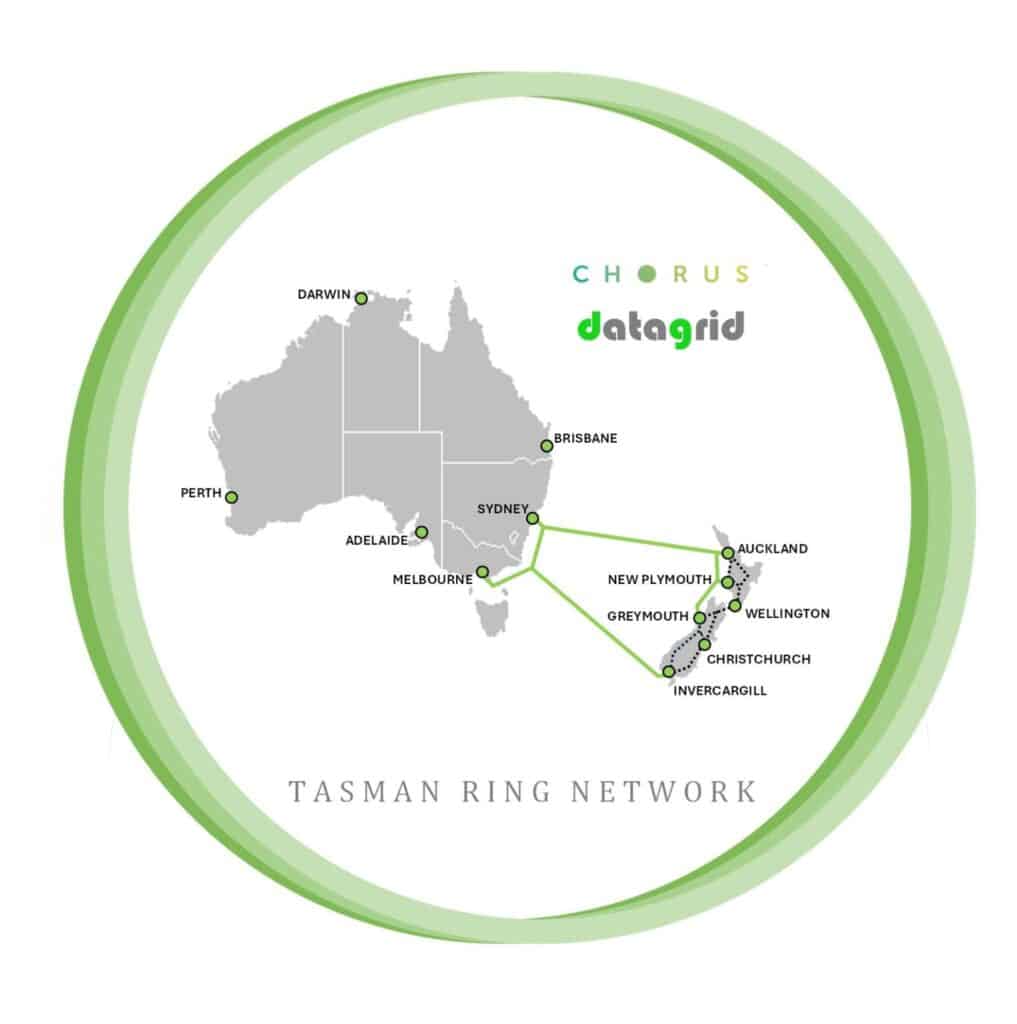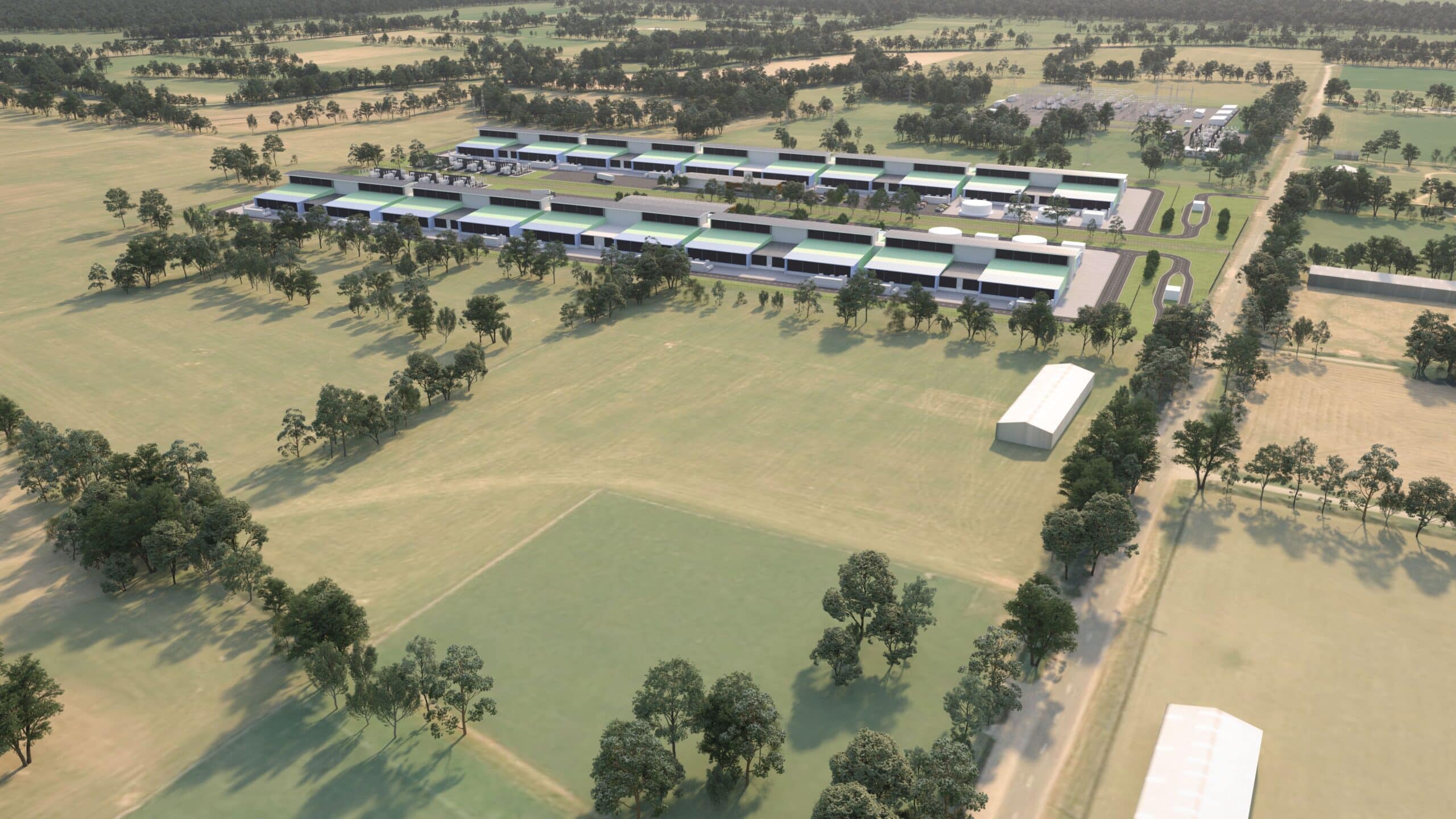Aotearoa is poised to play a major role in the global AI revolution, with Datagrid New Zealand announcing plans to open the first phase of its US$2 billion (NZ$3.5 billion) hyperscale data centre in Makarewa, Southland, by 2028.
Datagrid CEO Perrine Dhalluin confirmed the update during her address at the Westpac Smarts – Shaping the Future of Southland event in March, hosted by the Southland Business Chamber. However, the project is still awaiting resource consent, and the site’s classification as highly productive farmland poses a regulatory hurdle. Dhalluin expressed hope that changes to the Resource Management Act will streamline the process and allow consent to be granted by year-end.
The scale of the Makarewa facility is vast. Once fully operational, it will require double the power currently used by the New Zealand Aluminium Smelter at Tiwai Point — making it one of the most energy-intensive developments ever proposed in the country. The company is currently evaluating both independent and partnership infrastructure options to meet its power needs.
Despite these challenges, Dhalluin says Datagrid is confident it can access 240 megawatts from the existing grid for its initial phase. The cooler Southland climate is also seen as a strategic advantage, allowing natural cooling to reduce energy use and operational costs.
“We want to use innovative construction methods and leverage the region’s environment to minimise our power footprint,” Dhalluin told local construction leaders. “The biggest barrier is securing green, stable and affordable energy — and that’s something Southland can provide.”

International connectivity remains the critical missing link. Datagrid has partnered with Chorus to explore the Tasman Ring Network, which would connect Invercargill to Sydney and Melbourne, forming a high-capacity loop around New Zealand. This subsea cable — the first direct link to Melbourne — would deliver 540 terabytes per second and increase internet speeds for Southlanders by up to 50%.
Dhalluin stressed that robust, redundant global connectivity is a non-negotiable for attracting major tech players.
“All of this is about positioning New Zealand for AI and opening Southland to the world’s biggest tech investors,” she said.
The company has applied for fast-track consenting for the cable infrastructure and is actively engaging with ministers to advocate for a national AI strategy and the critical infrastructure to support it.
“AI is the only economic driver that matters right now — and New Zealand isn’t ready,” Dhalluin warned. “The government is beginning to grasp the urgency, but we are already behind.”
For New Zealand’s property sector, the implications are significant. A project of this scale will unlock long-term construction, infrastructure, and industrial investment opportunities in the deep south. Project planning is already well underway, with Datagrid hosting a construction information event in March to outline the project scope, timeline and opportunities for local companies to get involved in the construction process.
The project also signals a shift: the intersection of digital infrastructure, global capital, and regional development is no longer theoretical — it’s on our doorstep.

